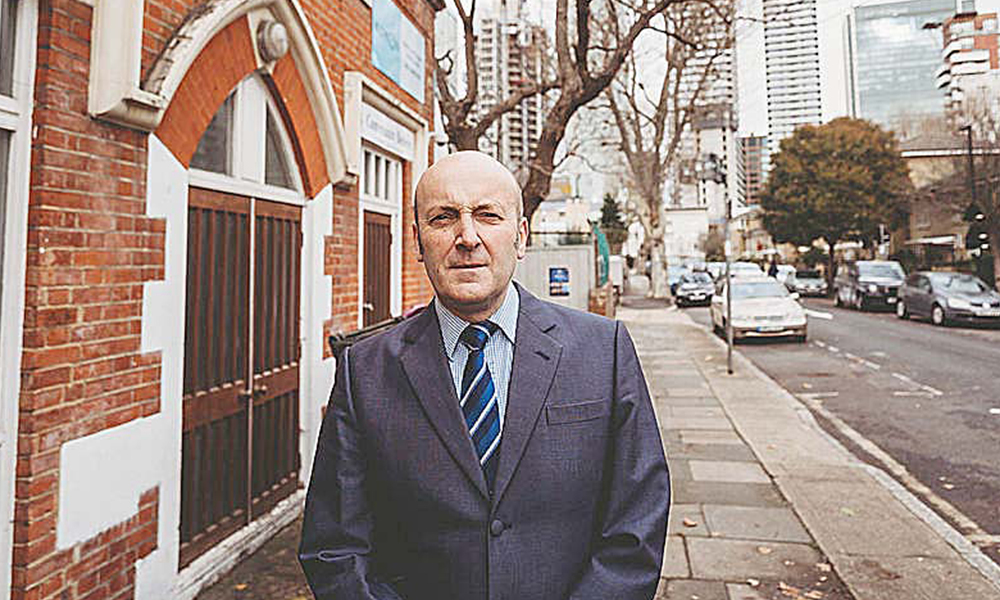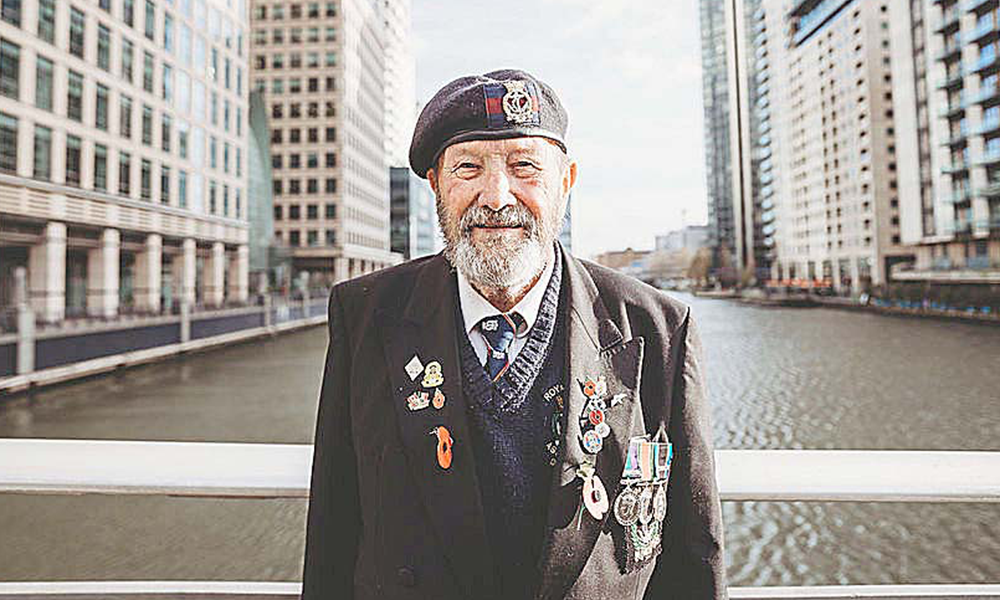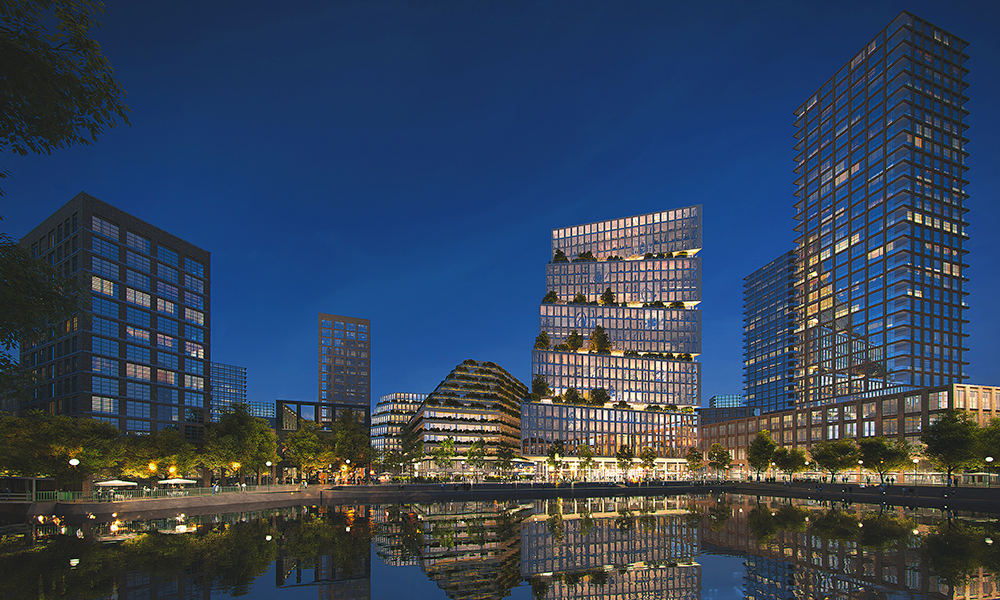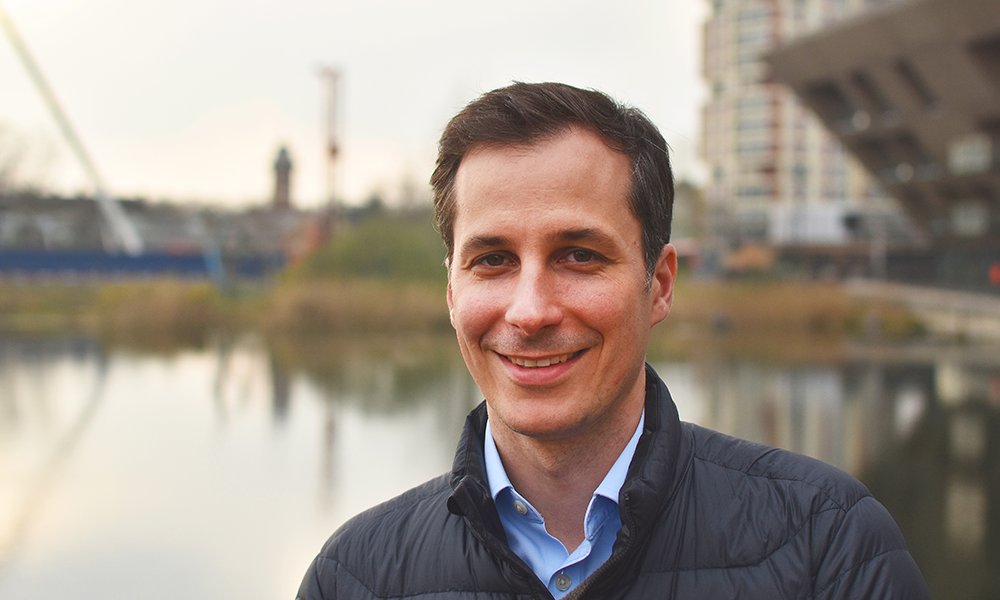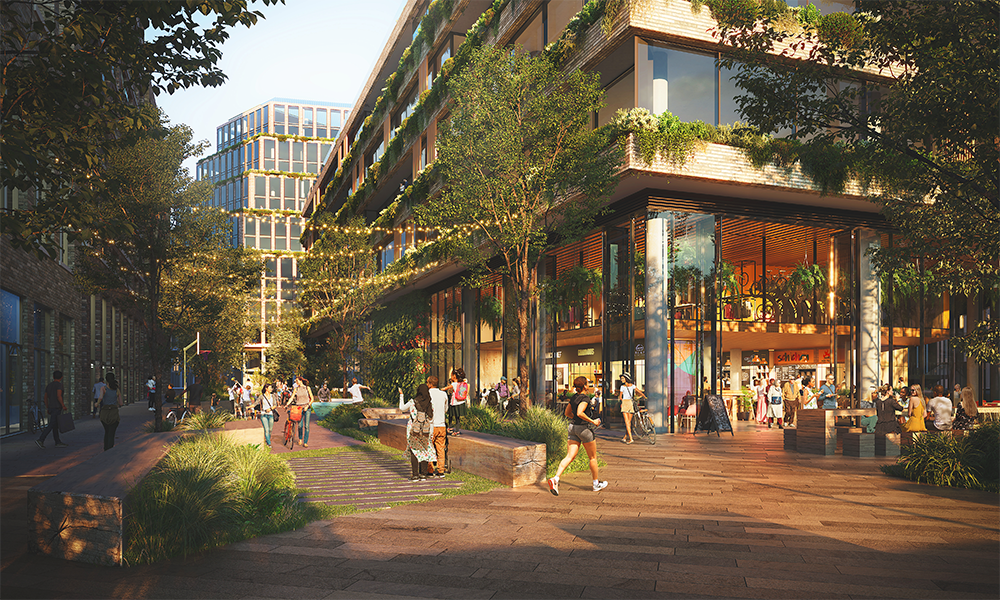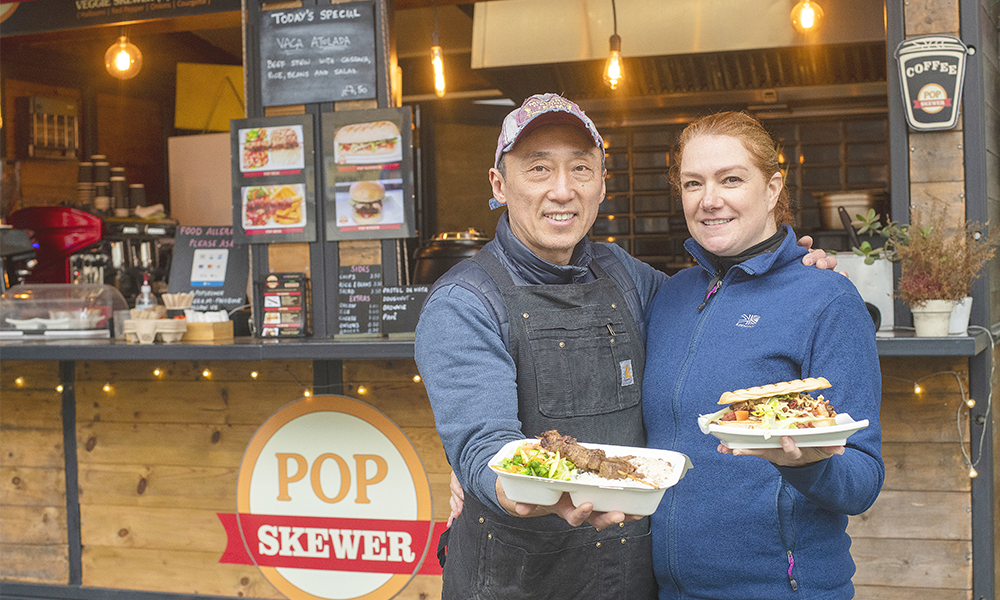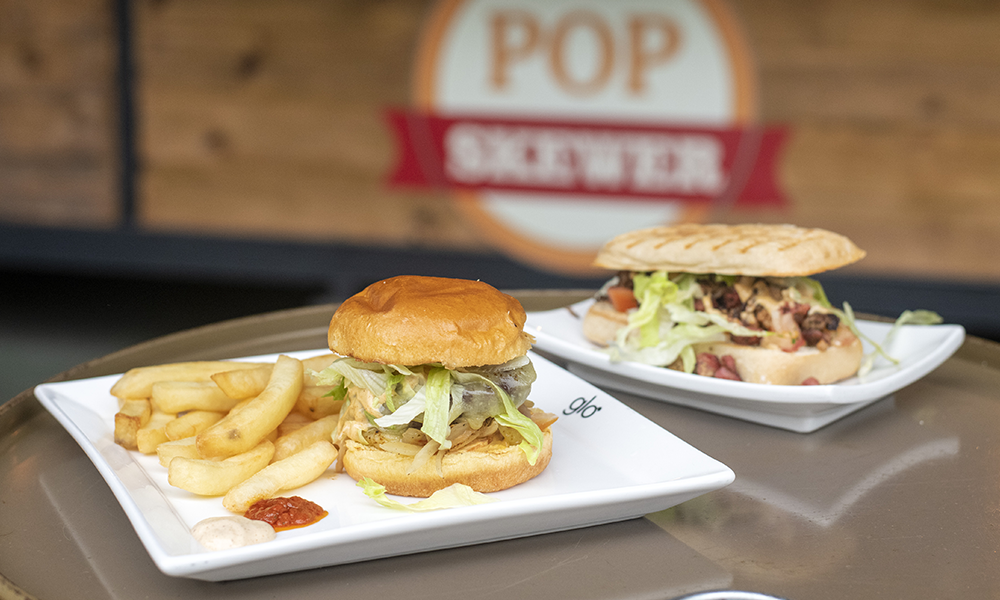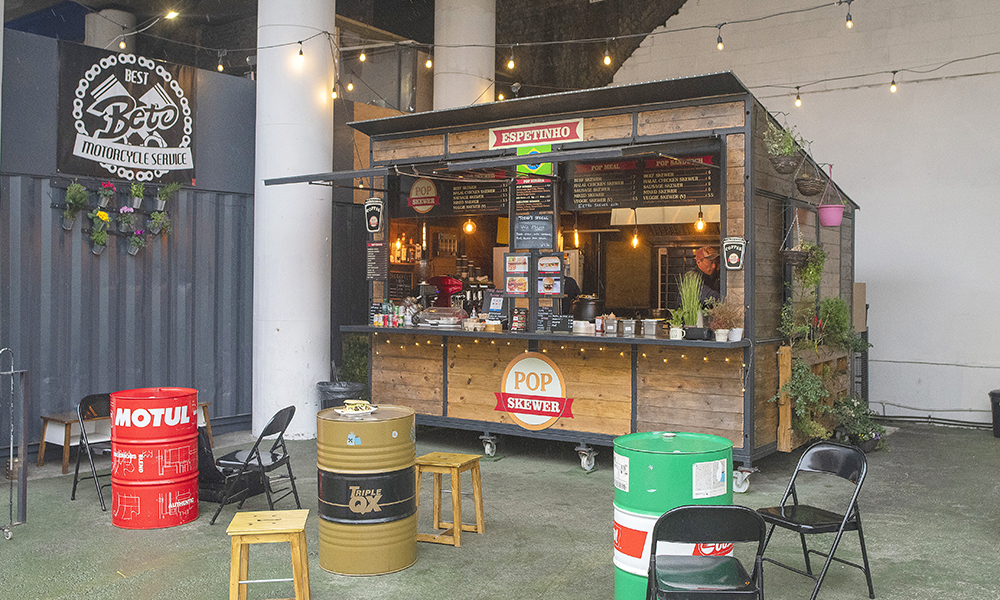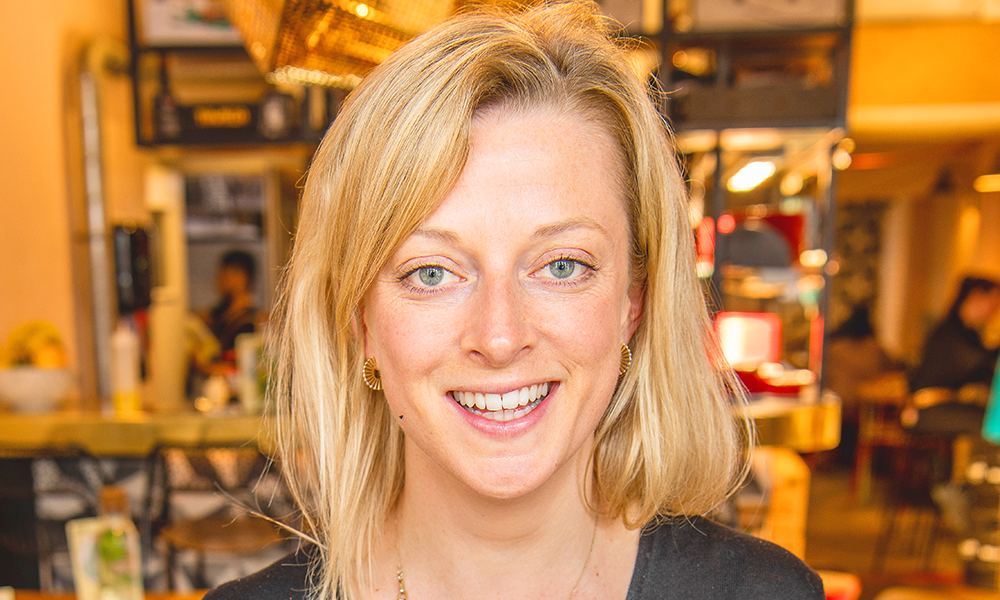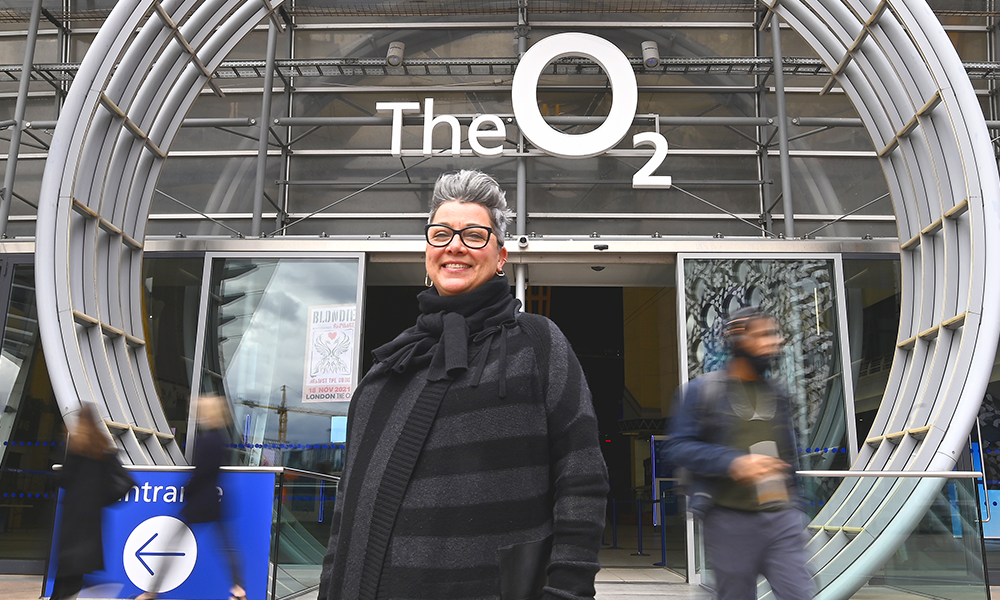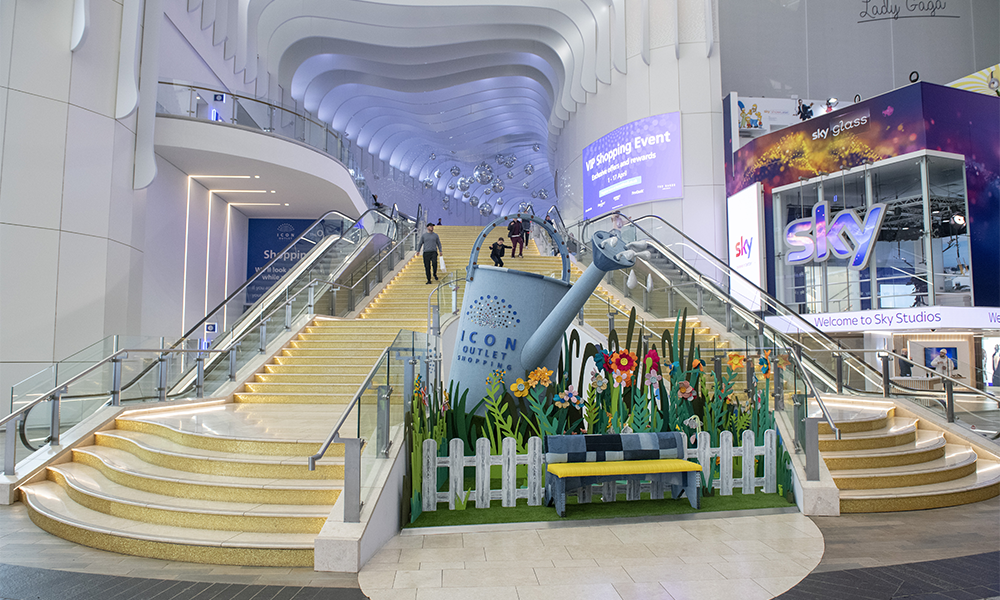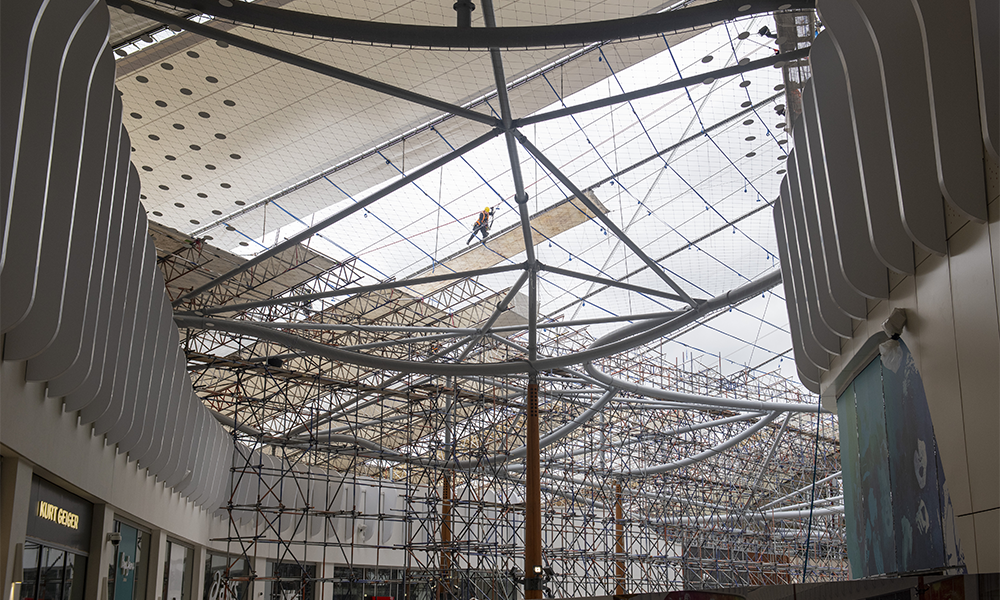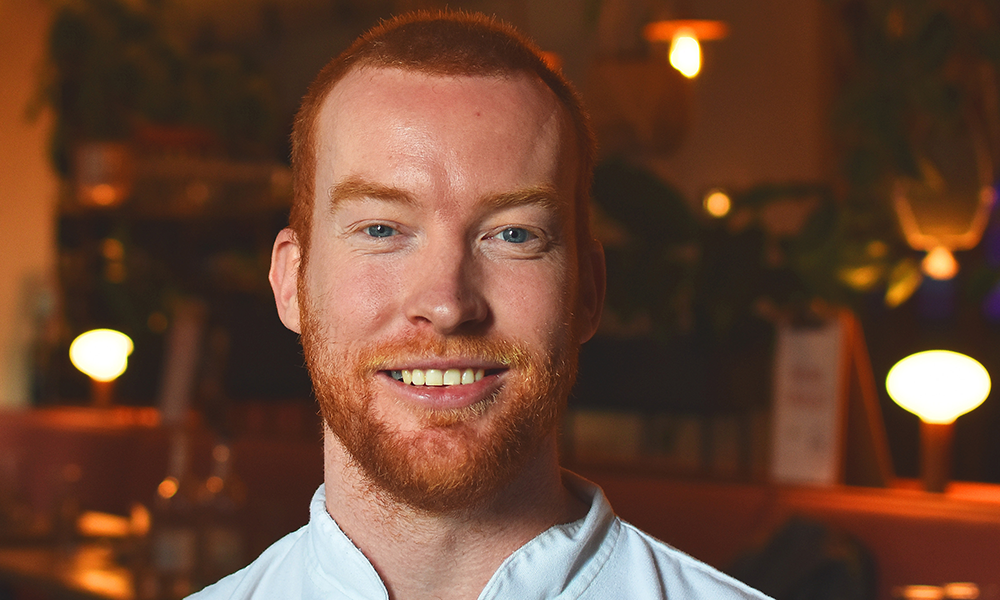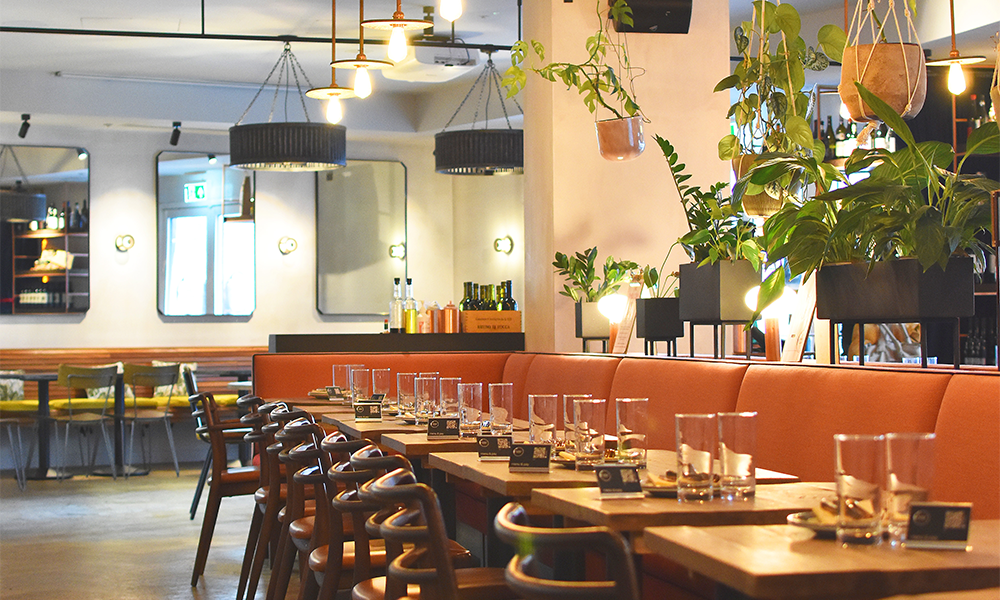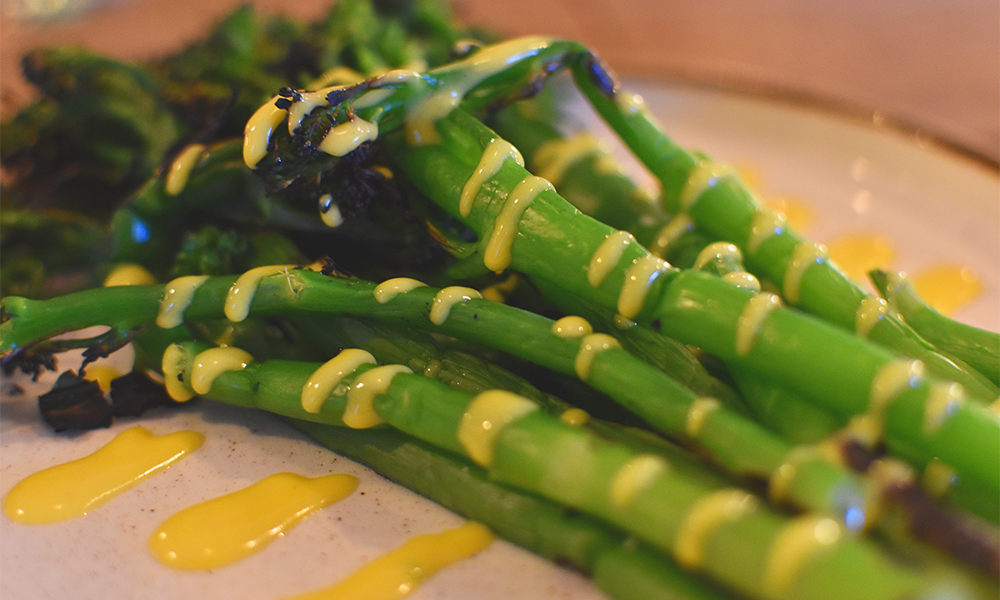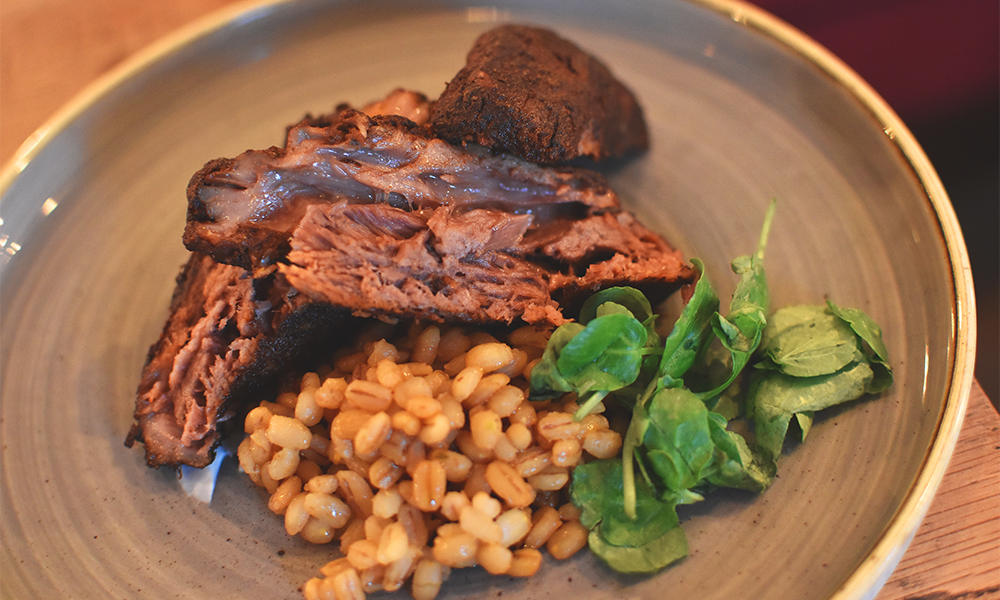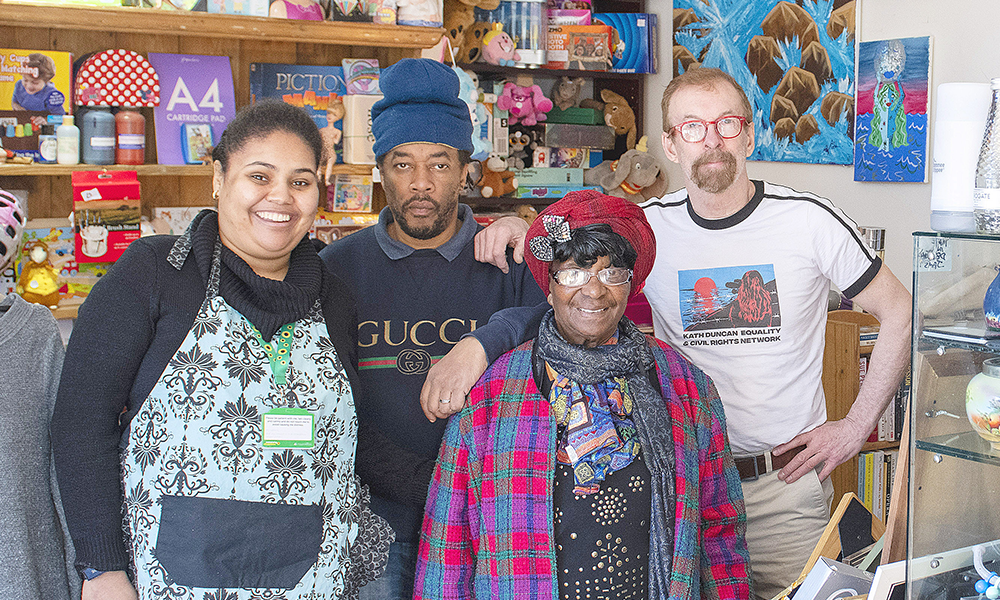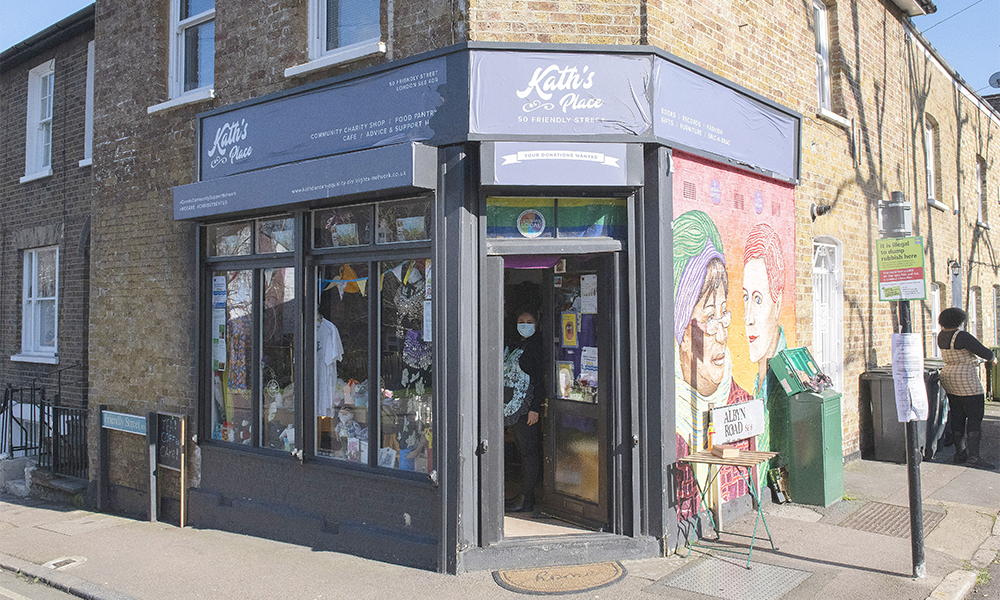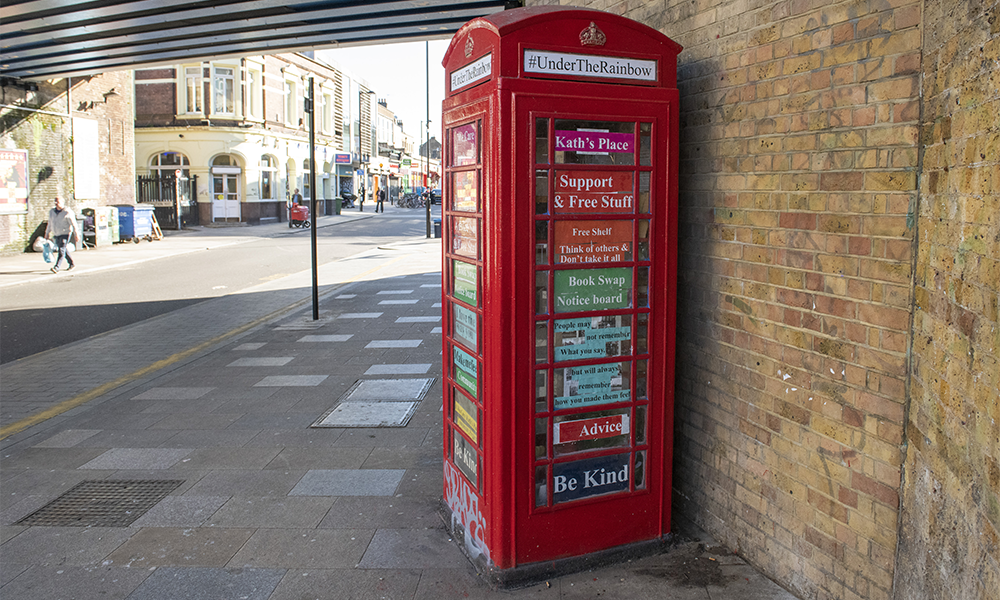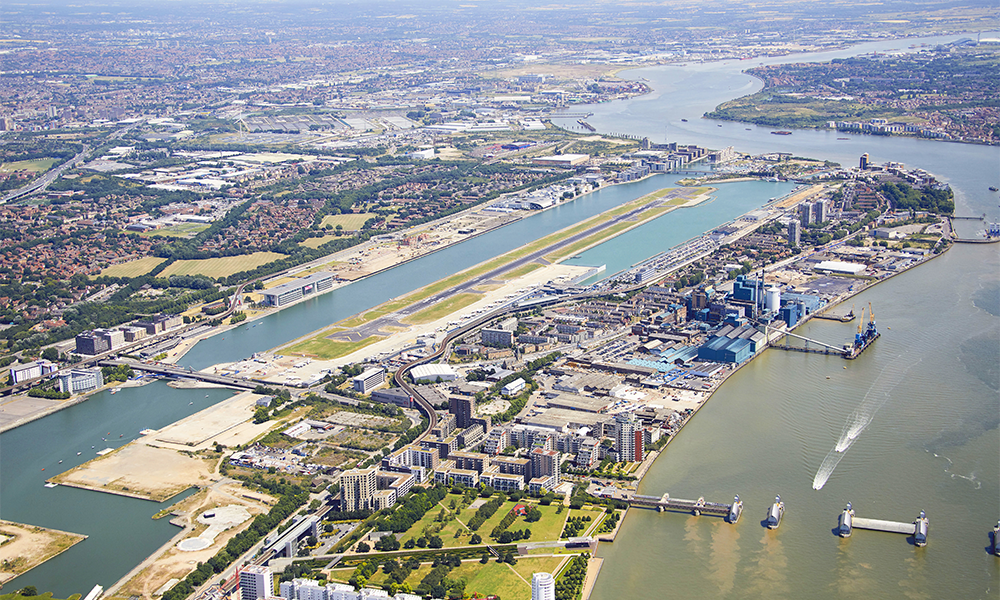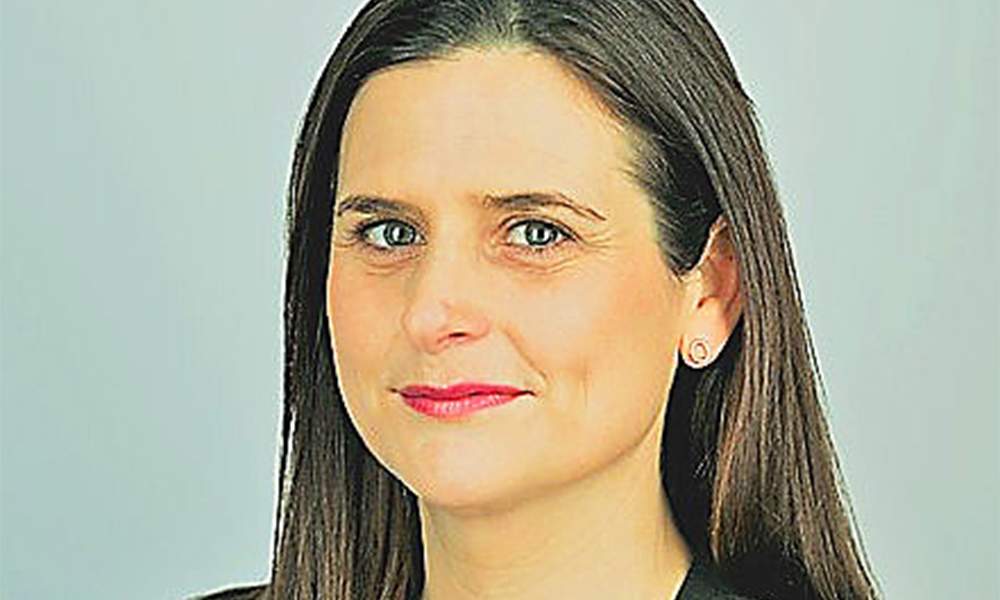Developer’s eco-friendly plans win approval for former ice rink site next to Queen’s Hospital

Subscribe to Wharf Life’s weekly newsletter here
“Mega, mega, mega going back to Romford” sang Underworld vocalist Karl Hyde on 1996 hit single Born Slippy, made famous by its inclusion on the soundtrack of Danny Boyle’s film adaptation of Trainspotting.
Its lyrics paint an abstract picture of the travails of journeying home to the Havering town from the point of view of an overly-inebriated narrator who’s just rolled out of a pub somewhere near Tottenham Court Road.
Fast forward 26 years, though, and not only is travelling from Soho and other parts of London to Romford set to get much quicker, it’s an area that’s experiencing a degree of mega change.
The opening of Crossrail’s central and eastern section – rumoured to be happening in May – will not only mean direct connections to Tottenham Court Road but also radically shortened journey times to whole swathes of the capital including Canary Wharf.
That’s something, presumably, the founder and CEO of One Canada Square-based Impact Capital Group, Robert Whitton, is looking forward to.
In addition to being born and raised in Romford, he’s created a company that is part of that change.
Impact Capital recently won planning permission from Havering Council to build the best part of 1,000 homes on the site of a former ice rink within walking distance of the town’s Crossrail station.
“I used to go skating there and I remember watching the Romford Raiders ice hockey team play,” said Robert. “I also used to take my children there to use the facilities.”
Artificial slippiness at the site – a piece of land encircled by Rom Valley Way adjacent to Queen’s Hospital – came to an end around a decade ago when the rink was demolished and another opened elsewhere in the town.
For the past nine years, various plans have been tabled for the area’s regeneration, culminating in Impact’s successful application.
While approval from the Greater London Authority and a Section 106 agreement remain outstanding, the hope is to break ground on what will become Rom Valley Gardens by the end of the year.
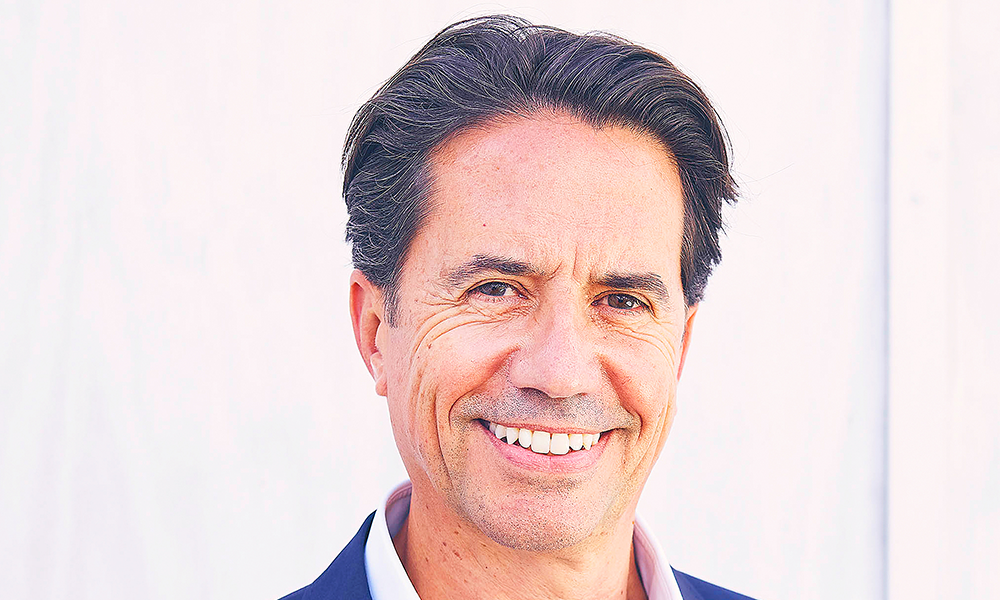
“The proposed scheme will see 972 homes built as well as 223 care units for later living or residential care, a medical centre, retail and cafe spaces, gym facilities and other amenities.
Impact’s intention is to use its modular construction factory to deliver much of the development, which will have a strong focus on sustainability.
“It feels good to have reached this point – there’s a lot of support for it,” said Robert.
“When it does come forward people will be very pleasantly surprised, because we are trying to do something that’s very different.
“It’s not going to be an ordinary development – we are looking for this to be a zero-carbon development, pushing the boundaries and looking for new concepts like inter-generational living and creating a real sense of place and community.
“That’s why we’ve included a lot of additional provision for these things within the plans, which we didn’t have to do, but wanted to.
“There will be facilities, both for residents and other community groups – an indoor gym and an outdoor gym and a big public square, where we hope to hold big outdoor events.
“There are residents’ lounges and a mixture of public and private open spaces to create a real neighbourhood – in many ways an urban village.
“We’ve put in there what is now termed ‘independent living’ with extra care provisioning, which is a great concept – it’s the idea of integrating that within a larger development, which will have elements that will also attract younger people, such as the private rental homes, and larger units for families. We want that whole mix of generations.
“I don’t live very far from it now, and have lots of friends and family who live in the area, so it’s very much my home town. It’s a great honour and privilege to be able to bring forward such a transformational project as this.”

Robert said Impact, which will manage the development in perpetuity once it is built, would use its factory in Peterborough to ensure a high level of quality control in the building process, helping it deliver on its eco-friendly ambitions for the project.
“Construction and the built environment are the biggest polluters in the world, so we want to have a neutral footprint in delivering this neighbourhood,” he said.
“That way everyone living there will know this new neighbourhood doesn’t have a negative effect on the environment at large.
“They will also notice their energy bills are very, very low – the buildings will be firmly thermal-efficient with double or triple glazing and we’ll be making use of renewable energy.
“Because they’re built in a controlled factory environment, we can get the air-tightness of those units much better than traditional construction methods, and speed up the time it takes to get the project built.”
The development’s proximity to Queen’s Hospital – something that will be particularly beneficial to its older residents – is also an important element in its delivery.
“Included in the plans is a 3,000sq m diagnostic centre for the hospital,” said Robert.
“Timing for that is dependent on agreement with them, but that’s great for local residents.
“The hospital has also told us it has big issues with recruitment and retention, so having housing and facilities close to it will be good to help address that.
“Havering Council will work with the NHS so key workers can get prioritisation within the social housing element.”
For Wharfers interested in spotting trains – estimates vary, but Elizabeth line services could cut the commute from Romford to Canary Wharf by about 16 minutes per journey – more than half an hour a day, or two and a half hours per week.
Oh, and incidentally, Born Slippy was named after a racing Greyhound that members of Underworld once watched run in Romford – mega.
Read more: How Velocity is set to trial its revolutionary toilet on the Isle Of Dogs






